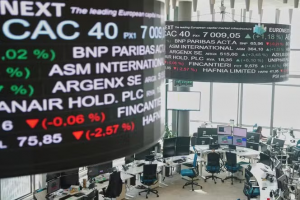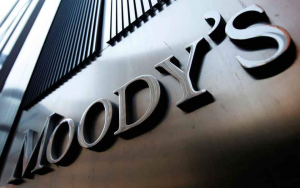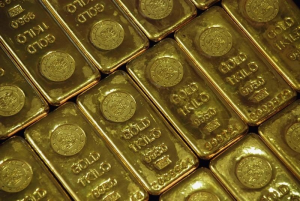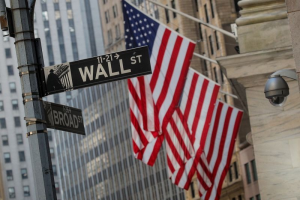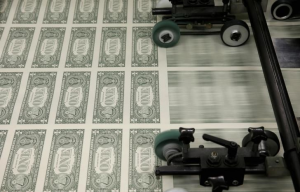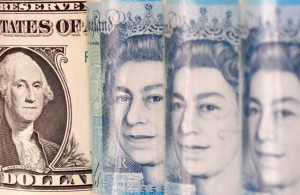Gold surged past $3,000 per ounce last week, marking a historic milestone as the precious metal continues its upward trajectory, driven by rising safe-haven demand and de-dollarization trends. But while gold has a reputation as a hedge against uncertainty, its historical performance suggests a more complex reality.
Campbell Harvey, a professor at Duke University, attributed the recent price surge to “de-dollarization and safe-haven demand,” noting in a LinkedIn post that China has increased its official gold holdings by 15% since November 2022, likely aiming to boost confidence in the Chinese yuan. “In times of heightened uncertainty, investors turn to assets that they perceive will provide protection and gold always shows up on that list,” Harvey wrote, citing the Economic Policy Uncertainty Index, which tracks policy-related economic uncertainty.
Gold’s historical record as a safe haven is mixed. While it rose during crises like Black Monday (1987), the Gulf War (1990), and the Great Recession (2007–2009), it failed to protect investors during the Asian currency crisis (1998) and the pandemic bear market (2020). Between 2021 and 2022, gold lost more than 6% despite rising inflation, highlighting its limitations as an inflation hedge.
Investors should also consider the nuances of gold-related investments. The SPDR Gold Shares (NYSE:GLD) ETF, the largest gold ETF, tracks physical gold but has shown a tracking error between its price and net asset value (NAV). Over the past five years, GLD’s price return was 12.2% annually, while its NAV increased at an 11.5% rate. While this discrepancy has recently worked in favor of investors, it could reverse in the future.



